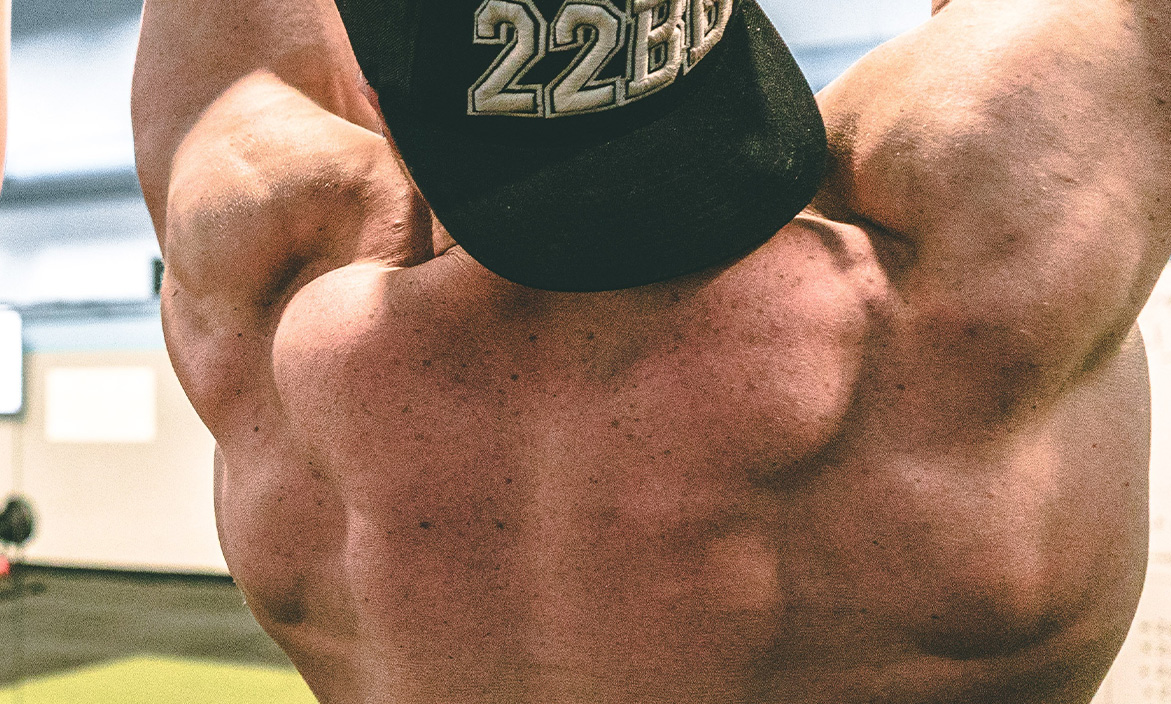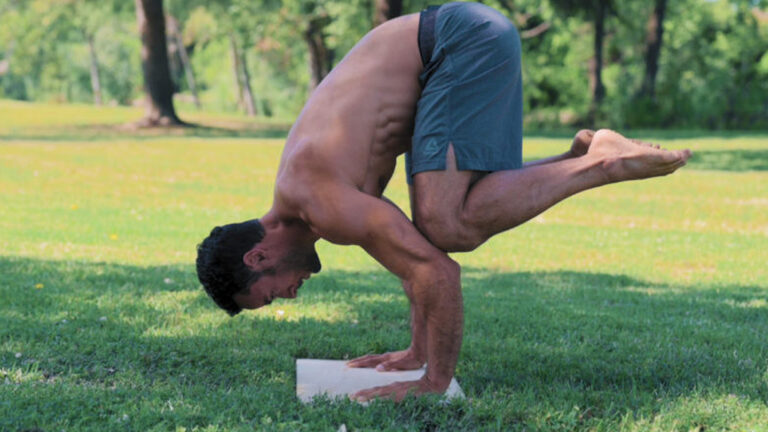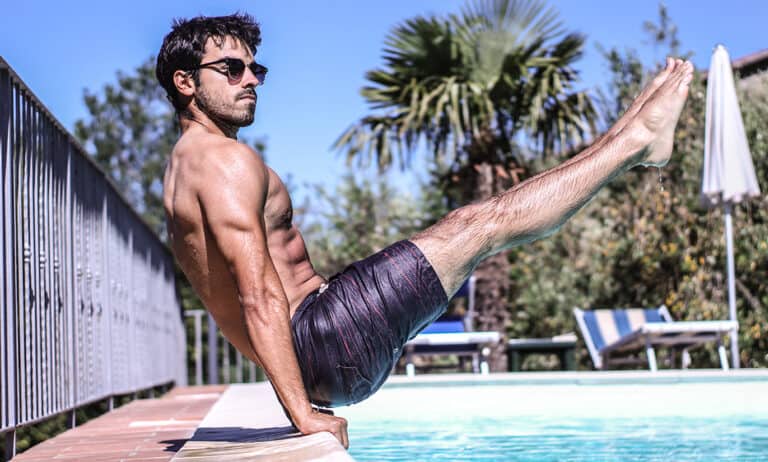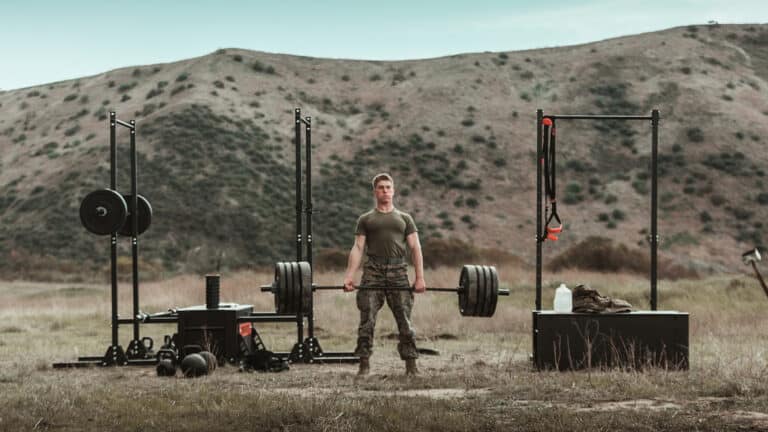Mastering the Art of the Handstand
Mastering the Art of the Handstand: Tips for Perfecting Your Form
Achieving a flawless handstand might seem like a daunting feat, but the truth is, it’s simpler than you think. All you need to do is plant your hands and kick up – sounds straightforward, right? Well, it can be if you focus on your posture, technique, and form. The better you get at these aspects, the less effort it will take to maintain stability in your handstand.
When attempting a handstand, your goal is to remain upside down for as long as possible, reach a set time, or transition into other positions gracefully. To attain this level of skill, you need to understand the key elements that keep you upright.
You’ve likely witnessed someone attempting a handstand with all sorts of contortions – legs flailing, back bending awkwardly, and a look of struggle on their face. On the other hand, observing a gymnast or acrobat perform a handstand is an entirely different experience. Their handstands are tall and perfectly straight, seemingly defying gravity with ease.
Achieving an elegant handstand comes down to nailing your technique, ensuring you’re as straight and poised as possible. The goal is to stretch high off the ground while remaining still and strong. In this blog post, I’ll guide you through some invaluable tips and techniques to transform your handstand from a wobbly endeavor into a work of natural architecture.
Handstand Technique Tips
Starting at the Top:
Tip 1 – Point Those Toes Pointing your toes might seem like a minor adjustment, but it works wonders in tightening up your legs and keeping them perfectly straight. This simple change can significantly improve your handstand duration.
Tip 2 – Keep Your Legs Straight Bent legs and awkward angles make balancing a real challenge. To master the handstand, ensure your legs are straight, and they should be stacked directly above your hands for optimal balance.
Tip 3 – Master the Pelvic Tilt The pelvic tilt involves a subtle shift in your pelvis, specifically a posterior tilt where your hips turn under your core, as opposed to an anterior tilt where your lower back sticks out. This adjustment is crucial for maintaining stability.
Tip 4 – Embrace the Trunk Hollow The hollow body position is a staple in handstands, helping you maintain balance without bending your legs, hips, or arms. This posture may feel slightly bent, but it’s an essential foundation for advanced handstand moves.
Tip 5 – Engage Your Core Bending or “bananaing” in your handstand will lead to lower back strain and an extended core. To maintain stability, tighten your core and pull it in to keep your hips and legs vertical.
Tip 6 – Keep Your Head Tight Instead of looking out in front of you, tuck your head tightly into your shoulders and focus on the space between your hands. This keeps your alignment in check and enhances your balance.
Tip 7 – Stretch Those Shoulders Stretch upward, elevating your shoulders towards your ears, so they are tucked in snugly. This position helps you maintain a straight line in your handstand.
Tip 8 – Open Up Your Shoulders Many handstands you see have tight shoulders and bent backs, which can hinder your balance. Open up your shoulders to avoid this pitfall – think of it as standing with your hips at 90 degrees.
Tip 9 – Maintain Straight Arms Bent arms will lead to discomfort and fatigue in your legs. By straightening your arms, you distribute your weight more effectively and focus on stability over strength.
Tip 10 – Narrow Your Hand Placement Widely spread hands can make your handstand more challenging. Opt for a narrower hand placement directly under your shoulders, instantly enhancing your stability.
By following these tips and perfecting your handstand technique, you’ll transform your once-awkward attempts into a graceful display of balance and strength. Whether you aim to hold the handstand for longer or transition into advanced poses, a solid foundation in form and technique is the key to your success.






